Today, I visited two very distinctive and different places associated with St Kyneburgha and her sister St Kyneswide, which I mentioned in the last blog about St Tibba. The remains of all three saints were transferred to Peterborough Cathedral. The church at Castor, a place that is famous for the rich Roman history and the remains of a massive praetorium in this location, is dedicated to St Kyneburgha. Here, she founded her nunnery in the 7th century, and here, the people of Castor still very much care for the saint and her legacy. Richard, a trustee of the St Kyneburgha Building Preservation Trust (more information on the trust: https://www.castorchurchtrust.co.uk/), gives me a private tour around the church and the stories he can tell, drawing information together from various sources, for example, the theories of Susan Kilby, are fascinating. Without him pointing out the peculiarities of the church, for example, the conundrum of the Norman foundation date of the church above the statue of St Kyneburgha (1114 or 1124), the story behind the carving in the church showing the fearful Kyneburgha defended by a Saxon warrior fighting off a Dane. Richard also pointed out the probable Anglo-Saxon walls and built-up entrance at the north side of the church. I cannot repeat all the fantastic stories he told me today, but I very much recommend looking at the very informative website of the trust. Or better, just visit this beautiful church in a green and peaceful small village where sheep are grazing in the graveyard, giving the scenery a very special atmosphere.
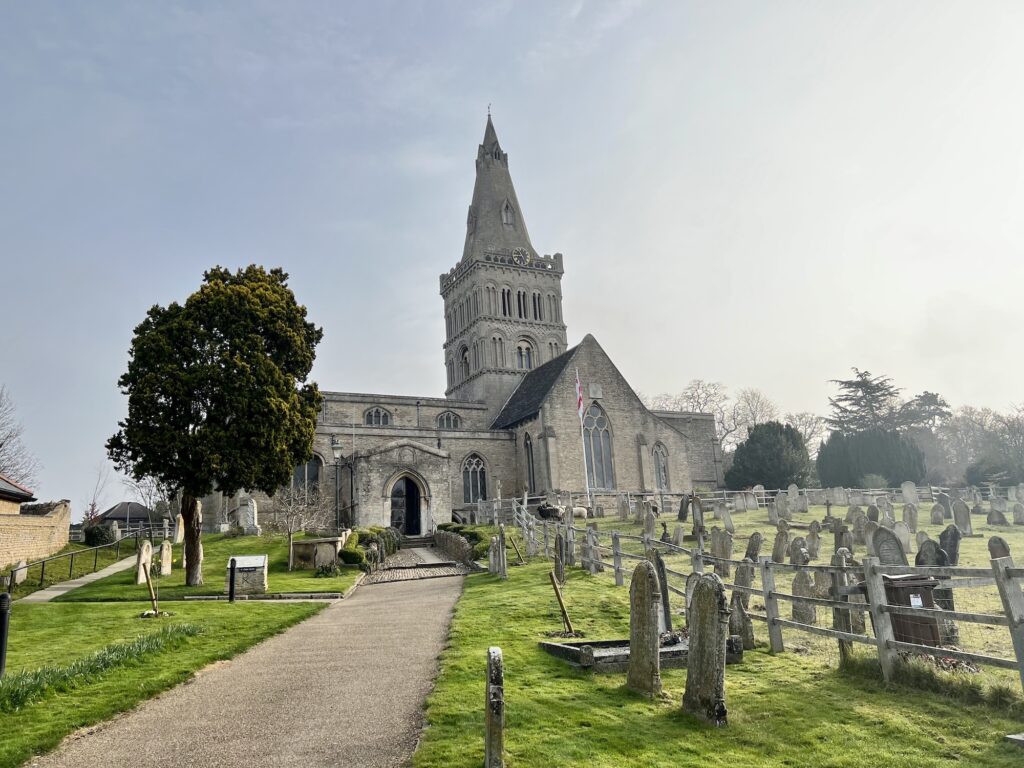
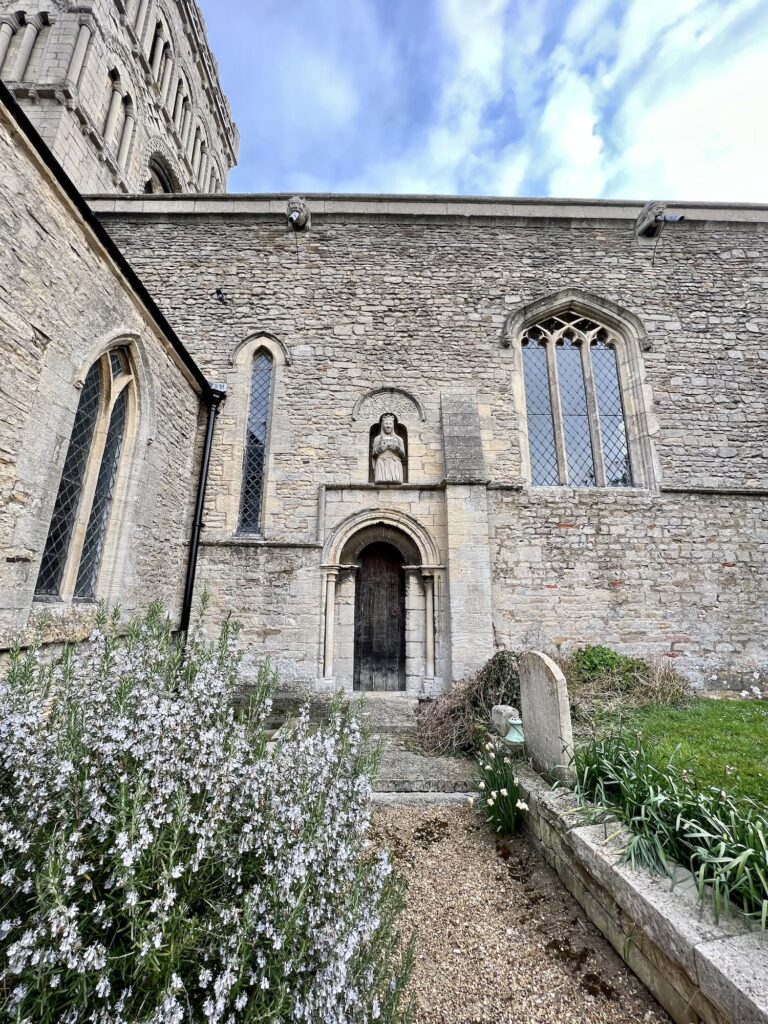
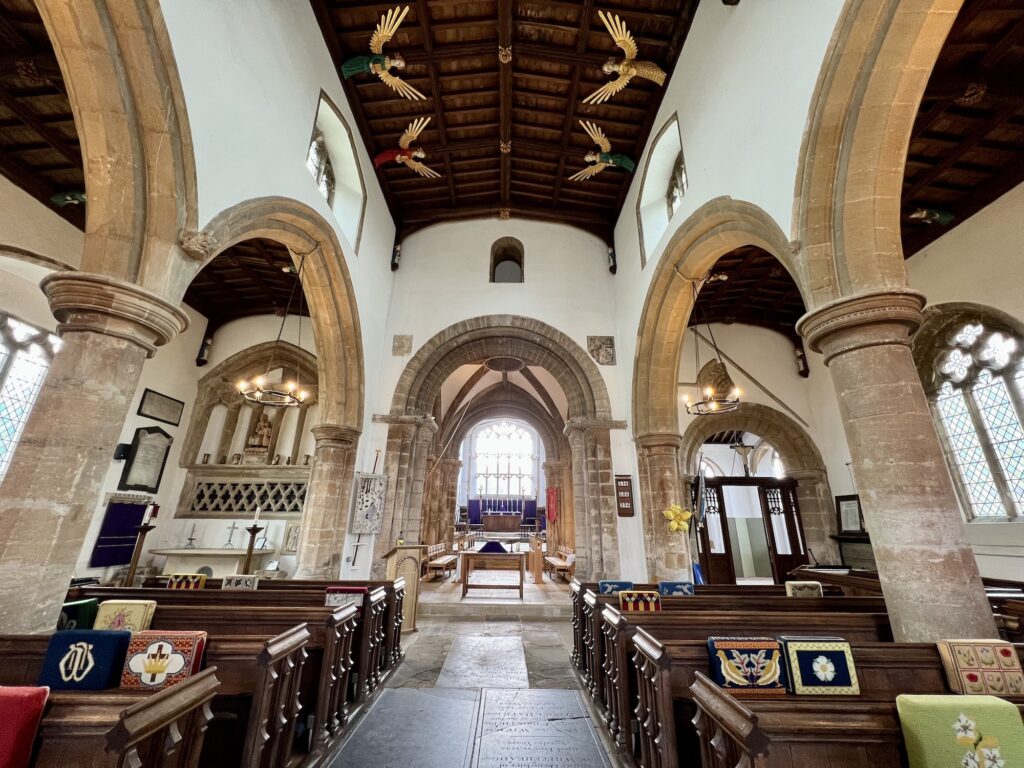
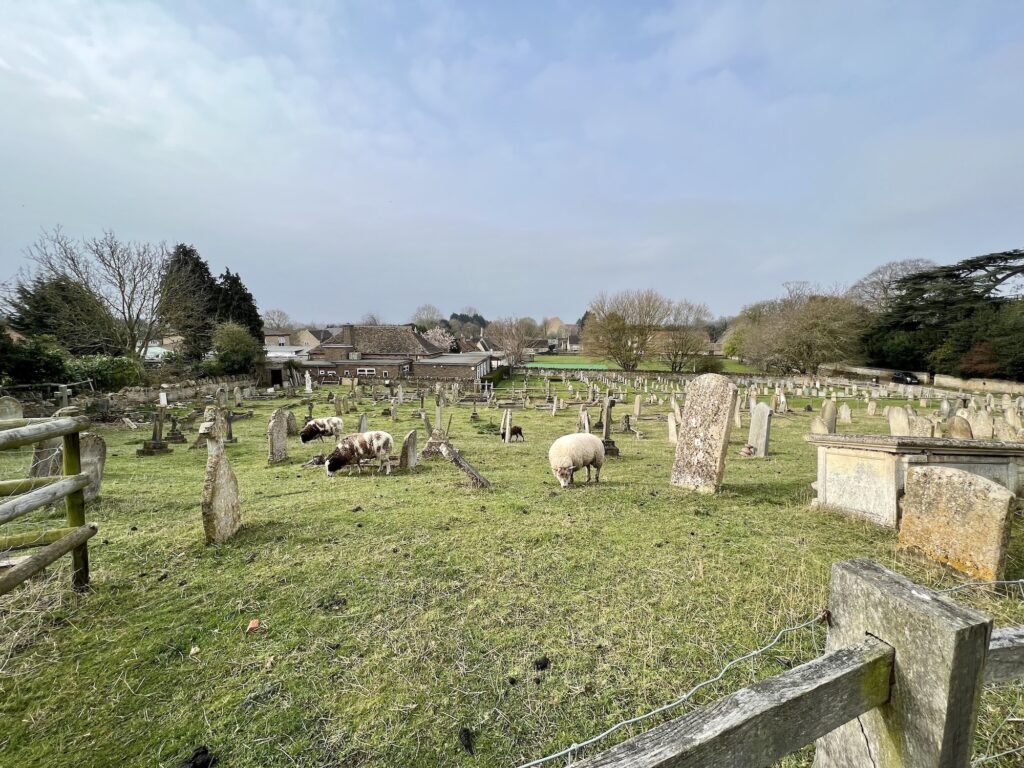
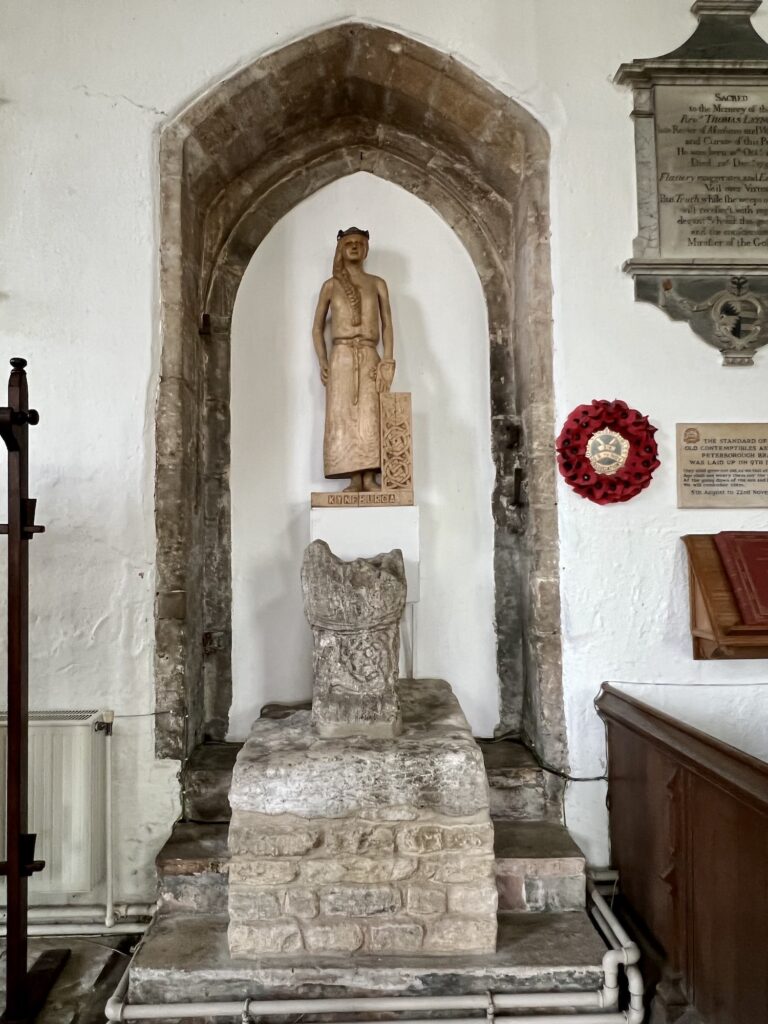
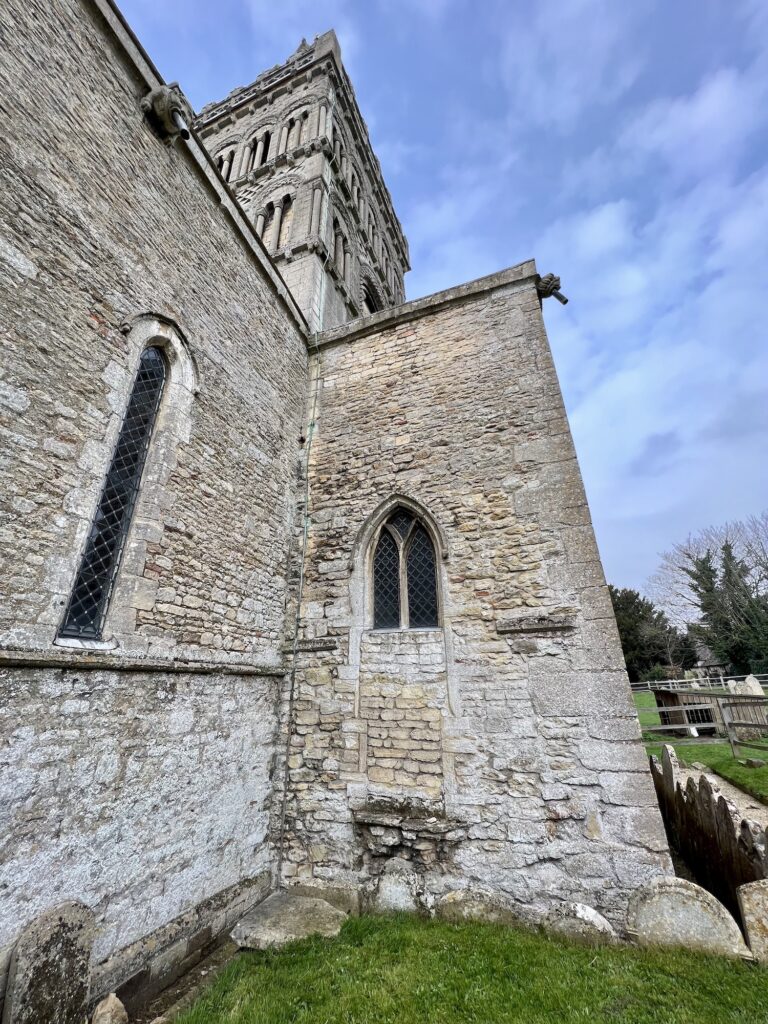
There is no doubt that the architecutral masterpiece of Peterborough Cathedral stands for grandiosity and extraordinary human achievement. I am grateful to Sue, today, my personal cathedral guide, for explaining the interesting details of the building to me. The monastery was first founded by Peada, the brother of Kyneswide and Kyneburgha and completed by their brother Wulfhere, but like other Anglo-Saxon foundations, it was faced with destruction from the Danes, various fires, the Civil War, but not the Dissolution, as it contains the remains of Catherine of Aragon. Today, it is still apilgrimage destination of Spanish nationals leaving pomegranates at her grave. But I am most interested in the Anglo-Saxon features of the cathedral and, of course, the connection to the three female saints. The chapel of the sisters is relatively easy to miss. Today, it is an area for children, stuffed with toys and kids furniture. A carved stone screen with three small niches where perhaps the statues of St Kyneburgha, St Kyneswide and St Tibba would have stood is placed in the north aisle without any sign or description. Without Sue, I would not have given this feature a second look or recognised that this might have been associated with the Anglo-Saxon female saints. There is not much else telling the story of the women. The cathedral is dominated by St Oswald and the history of his right arm that represented the invaluable treasure of the cathedral. The Victorian choir stall tells the story in a beautiful wooden carving. There is also an Anglo-Saxon stone, the ‘Hedda Stone’ dating to 870. While there is a one-day pilgrimage way on The British Pilgrimage Trust website ( https://britishpilgrimage.org/portfolio/peterborough-cathedral-pilgrimage-in-a-day/), not much connects the church at Castor and the Cathedral in Peterborough to each other. Although I like walking, but did not have the time to do the route on foot, I think visiting both places was a fantastic experience and I can only recommend this to everyone interested in the great stories that keep history alive.
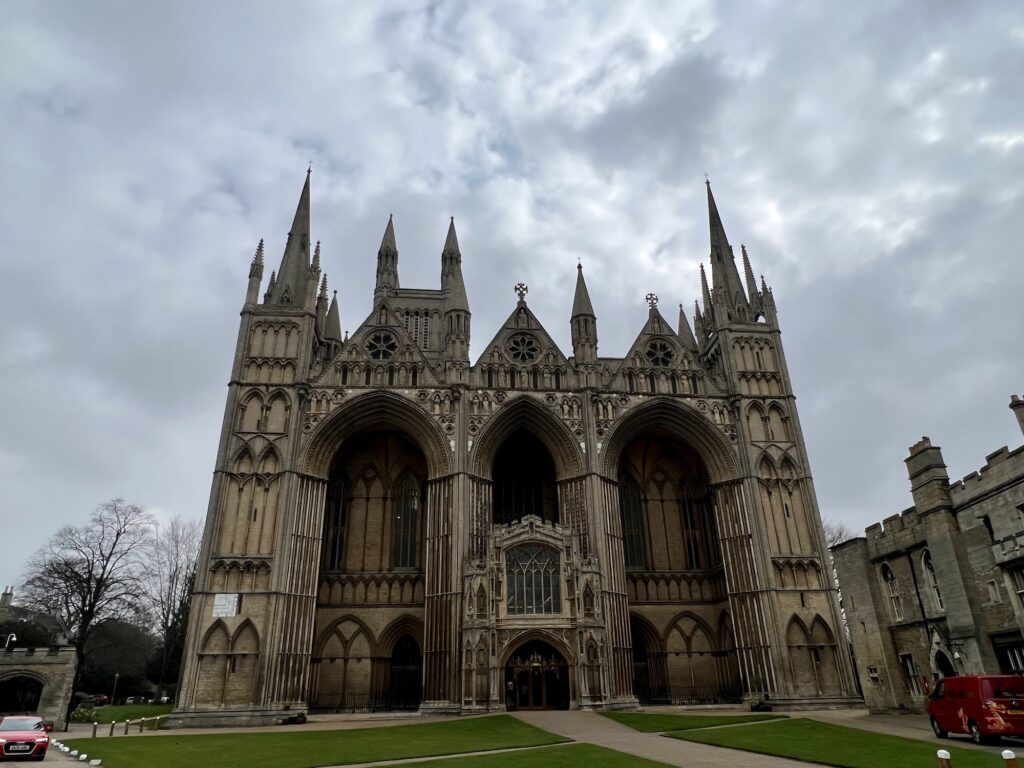
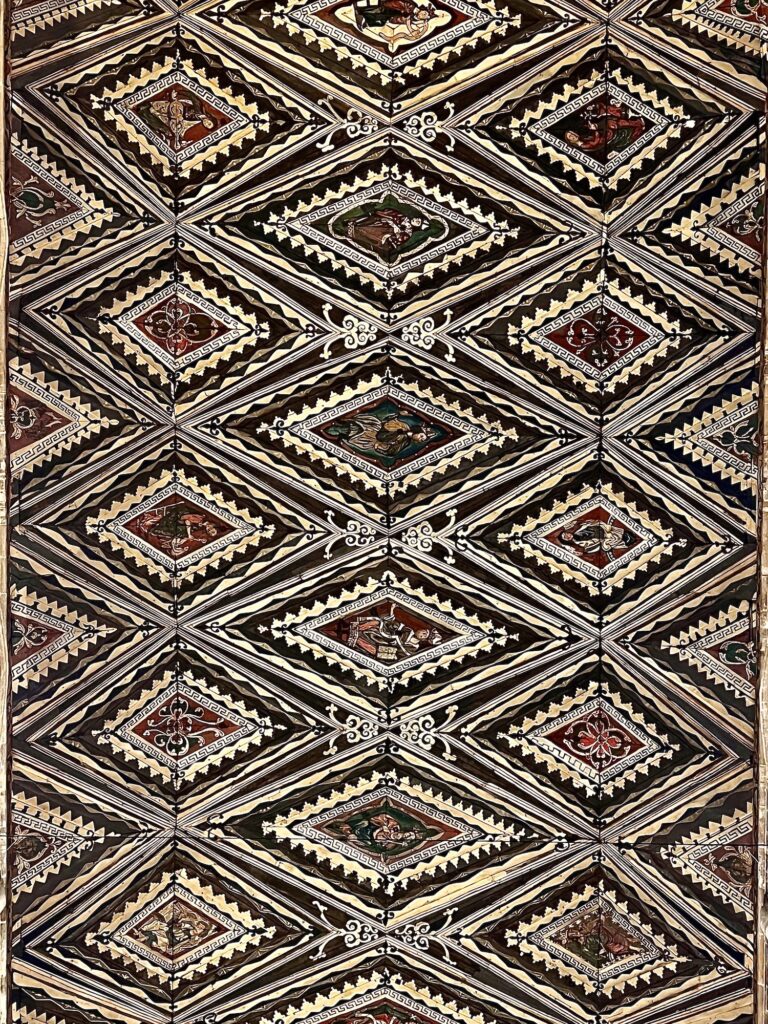
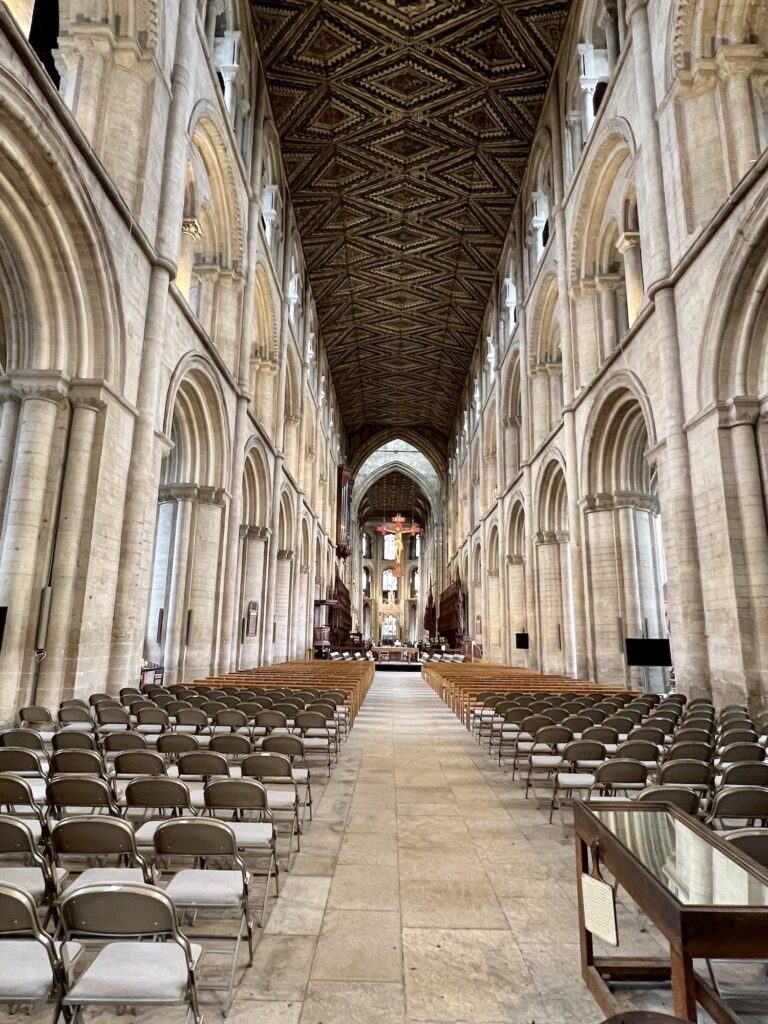
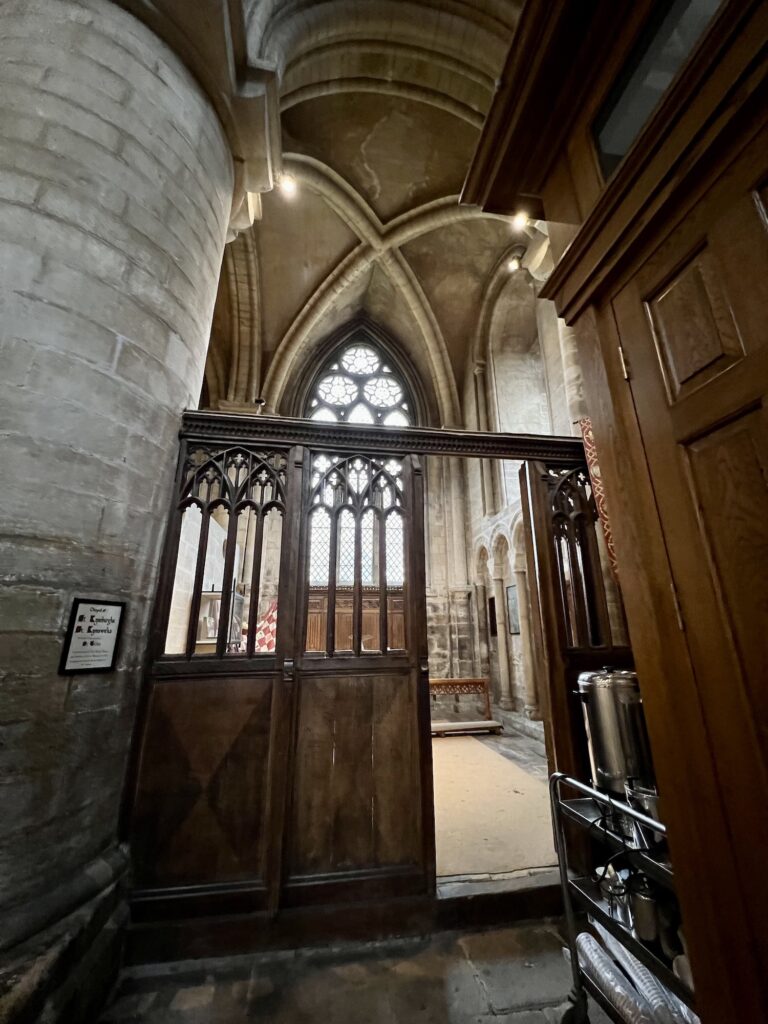
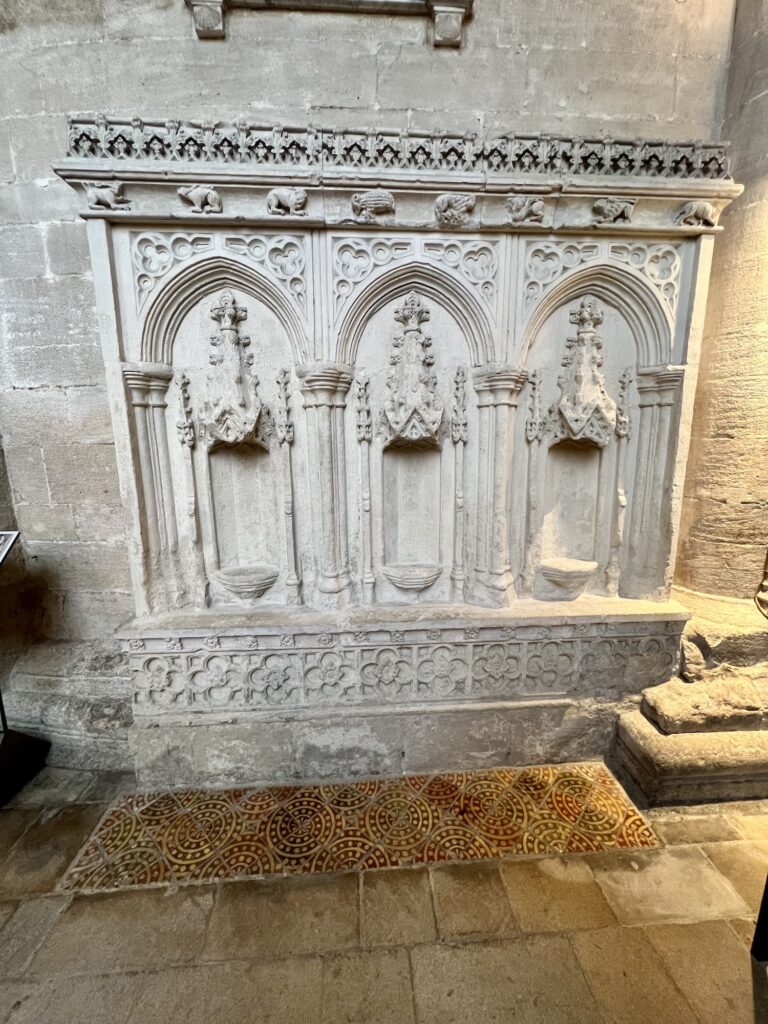
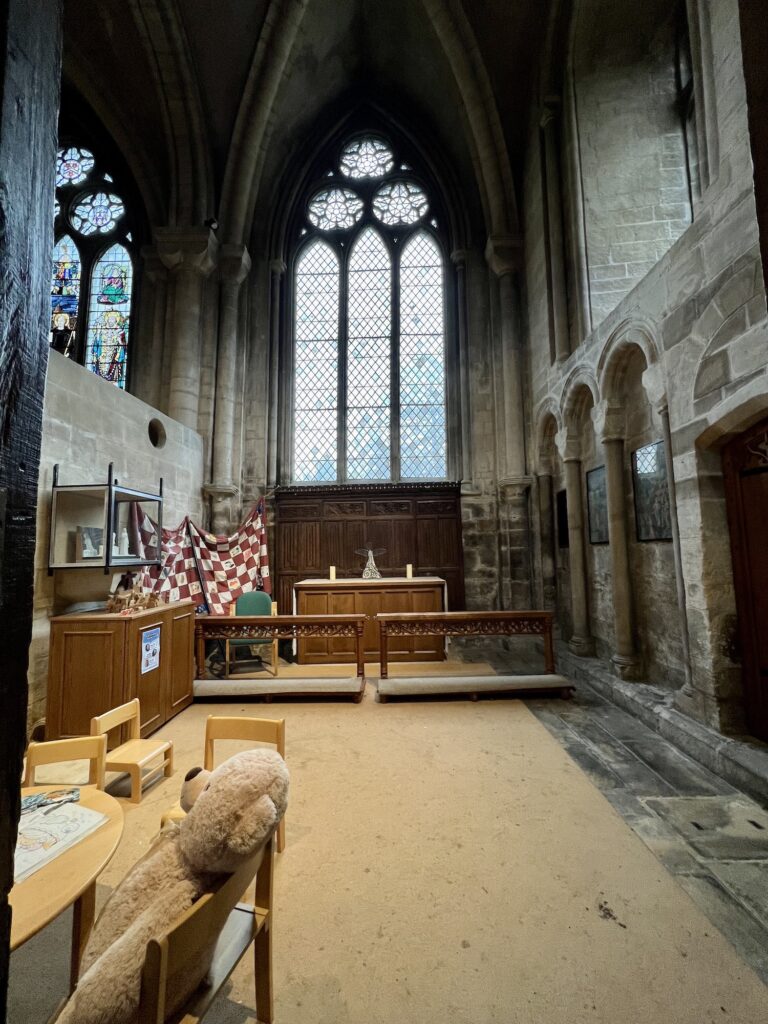
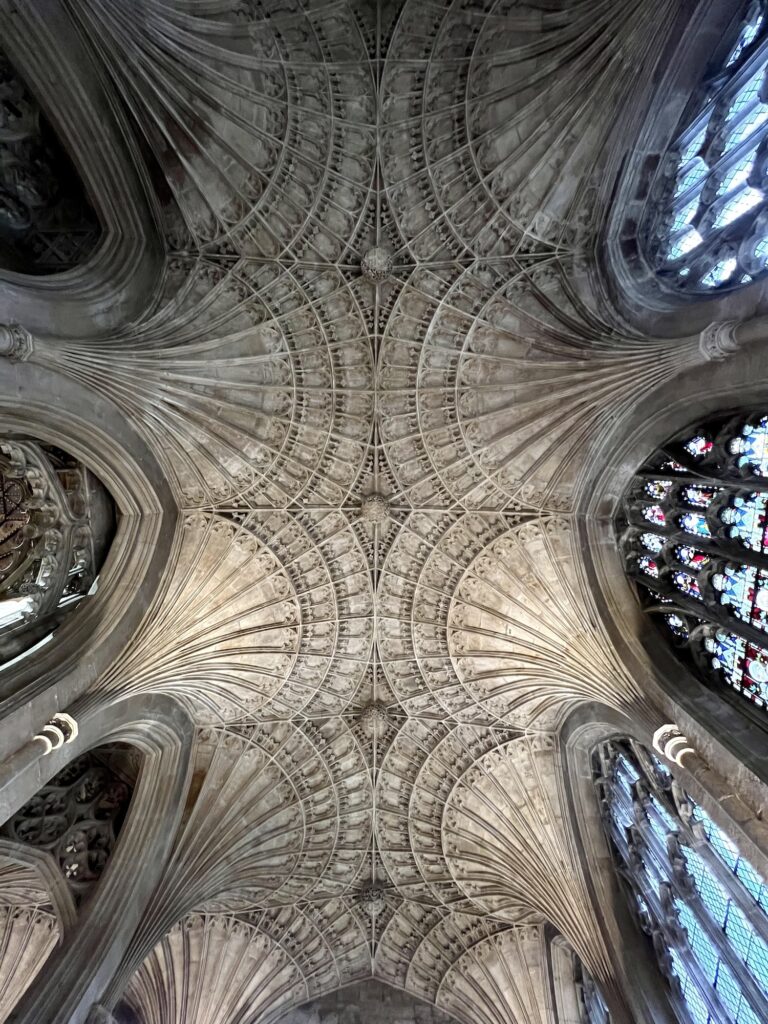
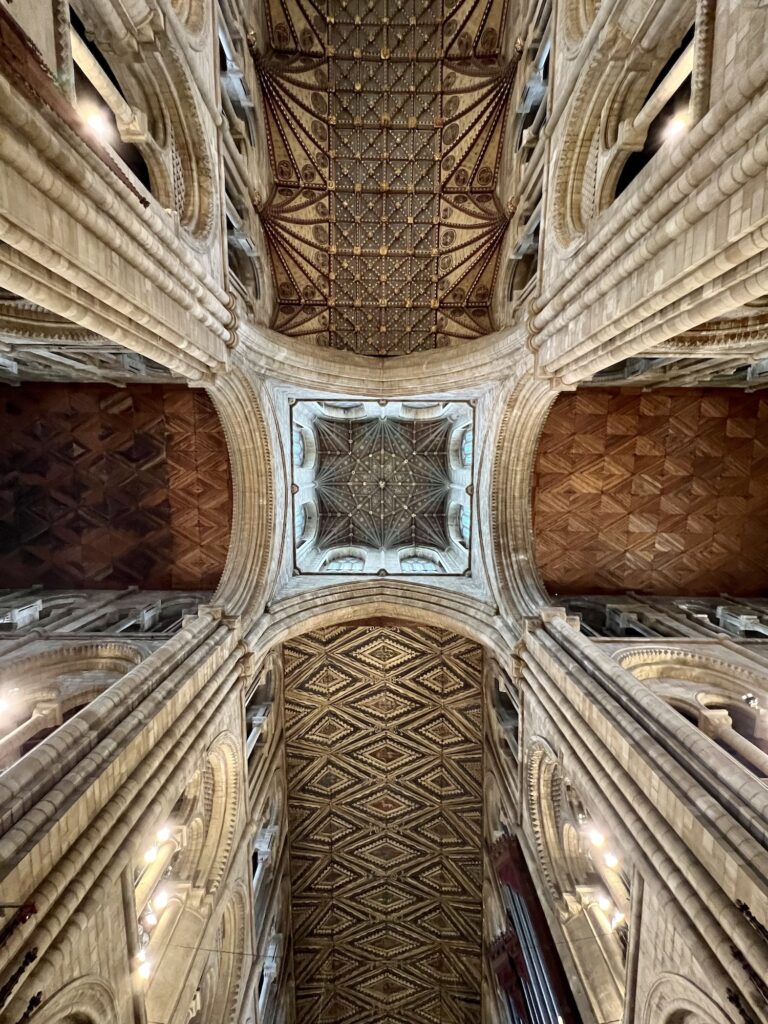
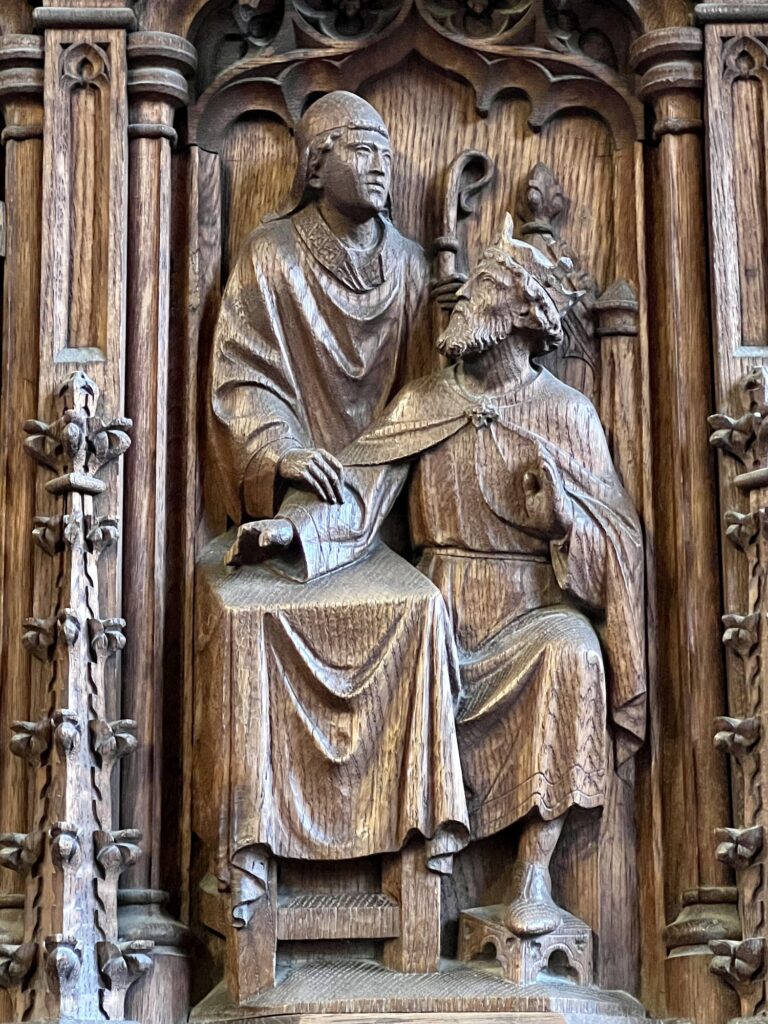
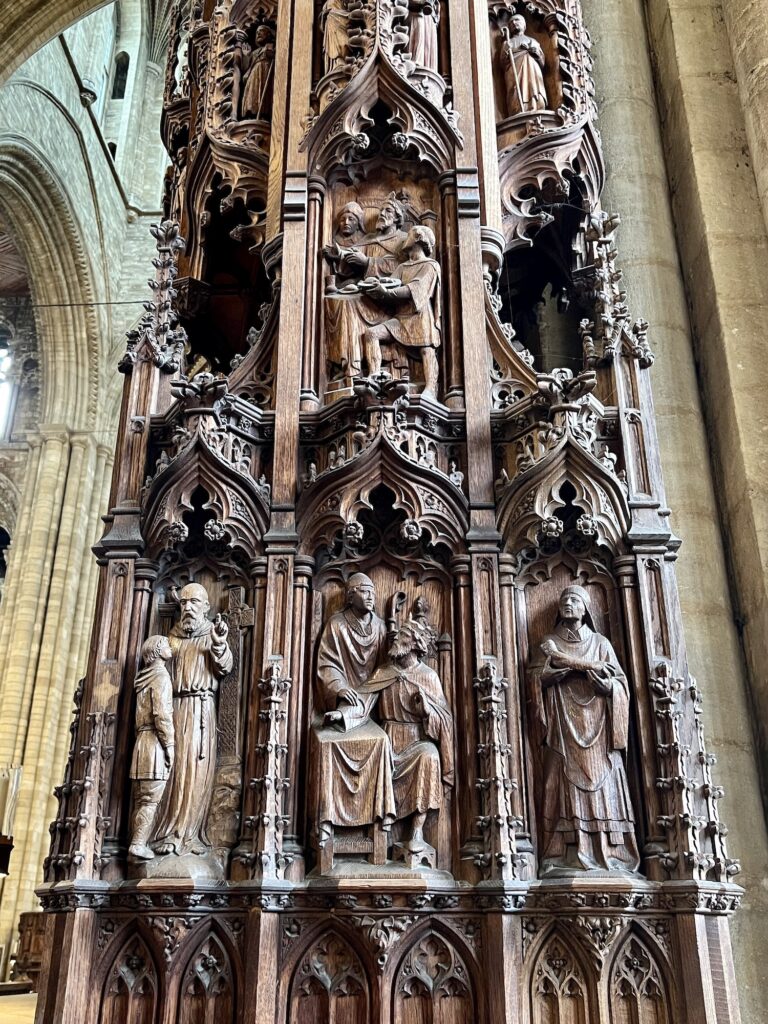
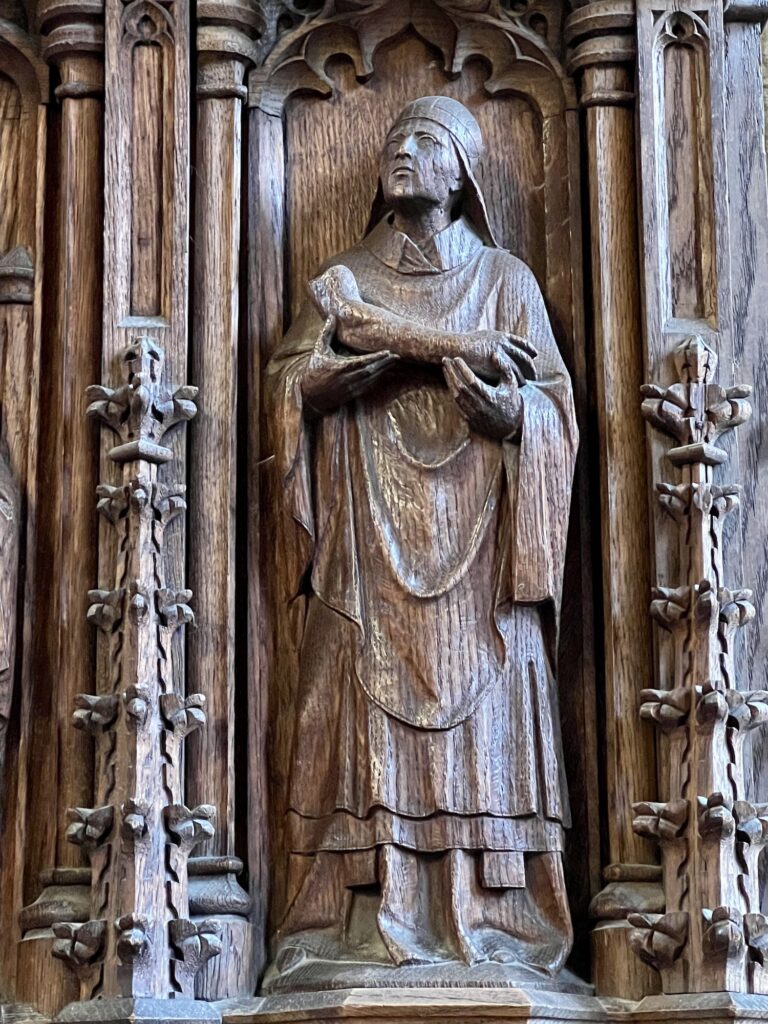

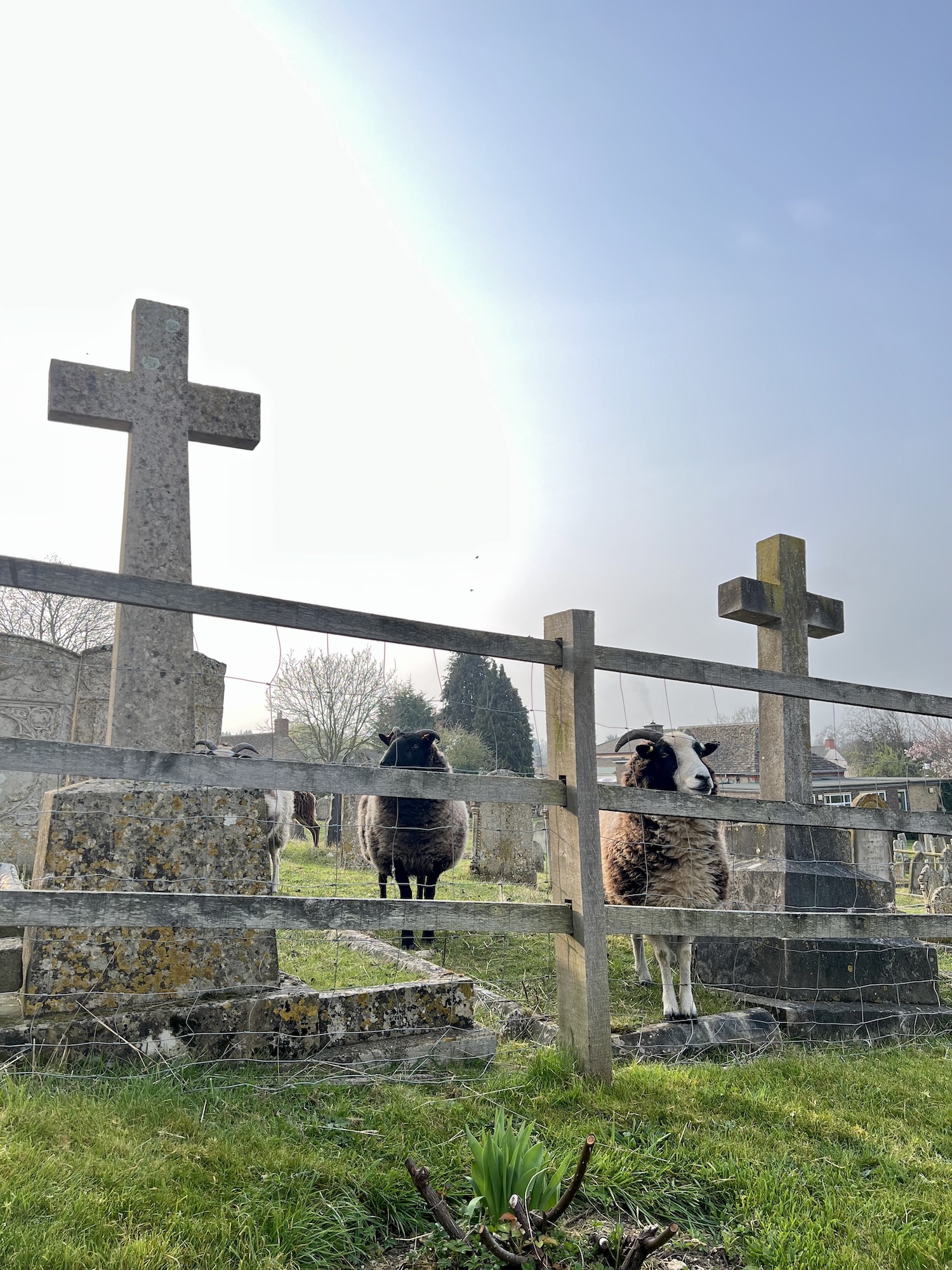
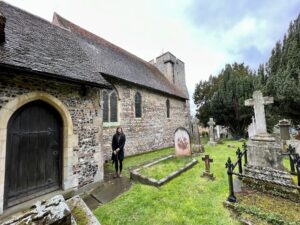


Thanks Martina for your interest in the life of St Kyneburgha/Cynebuhr and our church in Castor. Thank you also for the prompt to the Cathedral authorities to make more of Kyneburgha and her sister’s life and the links with the church at Castor, especially given that in 2024 we celebrate its 900th birthday.
Thank you, Richard, for the fabulous tour of the church and all the history and stories about Kyneburgha. I hope to have the opportunity to visit for the celebrations and, perhaps, have the chance to do the one-day pilgrimage on that occasion.
Really fantastic stuff here! I’ve very much enjoyed reading everything you have so far, but particularly this one. I need to go and visit someday!
Thank you, Helen. I am glad that you are enjoying it.